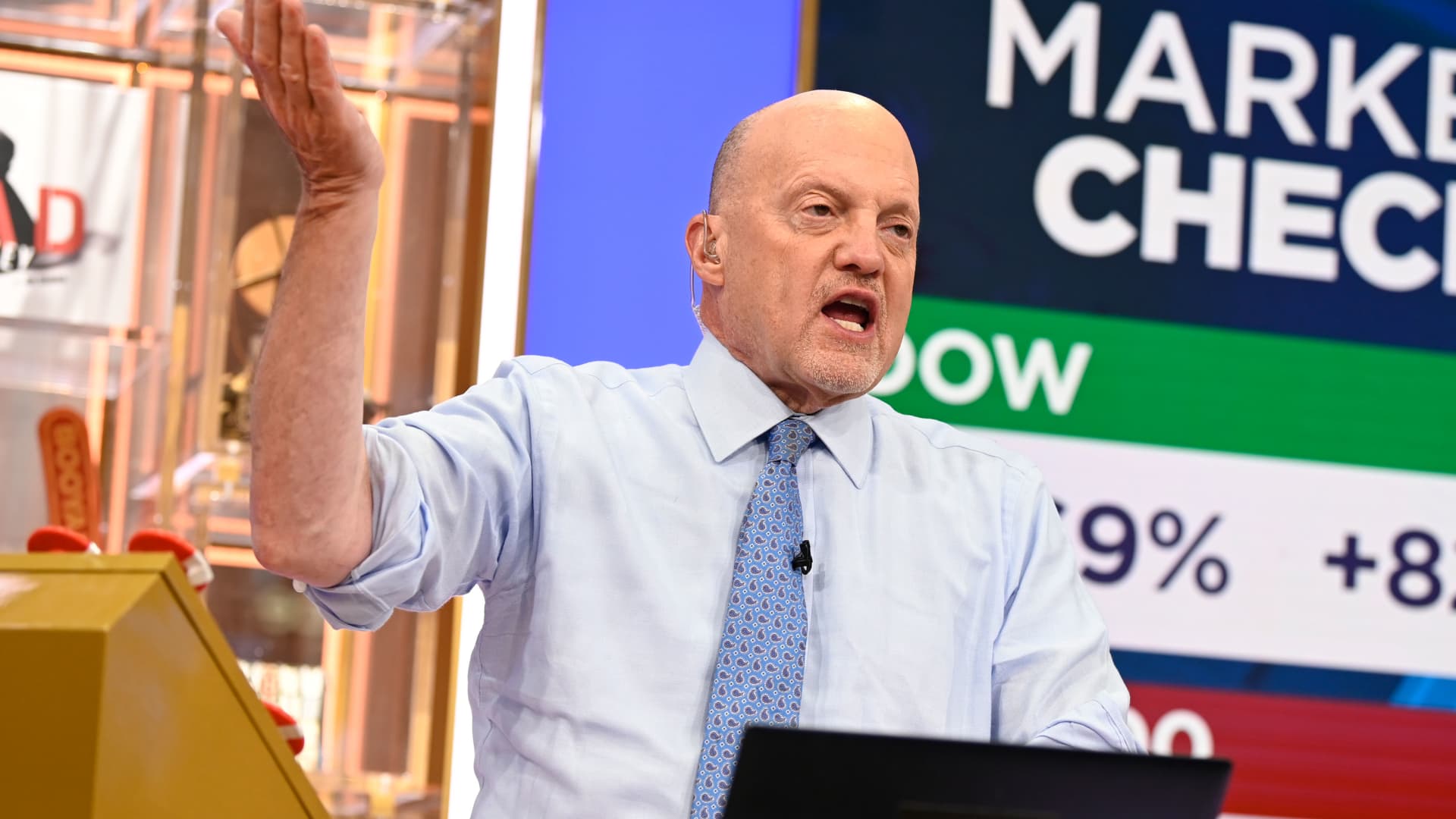
Signage at the Nvidia Corp. offices in Taipei, Taiwan, on Tuesday, Jan. 28, 2025. Photographer: An Rong Xu/Bloomberg via Getty Images
Bloomberg | Bloomberg | Getty Images
U.S. chipmaker Nvidia‘s auto segment revenue more than doubled in the latest quarter to a record high on strong demand for driver-assist software.
While the company’s biggest revenue stream by far is chip systems that power artificial intelligence, Nvidia has predicted its products that power driver-assist technology could become its next “billion-dollar” business.
Revenue of Nvidia’s automotive and robotics segment rose 103% year on year to $570 million in the fourth quarter of the 2025 fiscal year. That brought the segment’s revenue for the fiscal year to $1.69 billion, above $1 billion for a second-straight year.
The latest increase in revenue was due to to sales of Nvidia’s “self-driving platforms,” according to the company’s CFO.
“This growth highlights Nvidia’s increasing exposure to powering ADAS, autonomous vehicles, and robotics through its DRIVE platform and related technologies,” Brady Wang, semiconductor analyst at Counterpoint Research, said in an email.
CEO Jensen Huang said in Nvidia’s earnings call the company expects that “every single one” of the 1 billion cars on the roads today “will be robotic cars” that collect data which Nvidia-supported AI systems can help refine, according to a FactSet transcript.

Automotive and robotics is “getting ready to take off,” likely due to investments in autonomous vehicles such as Waymo and Tesla, Gene Munster, managing partner at Deepwater Asset Management, said in an email. Munster also estimated that around 15 companies are building humanoid robots, potentially increasing demand for Nvidia chips.
“The performance of that segment is an important story below the fold that’s not getting much attention because it’s small,” he added, “but they can be a much bigger part of revenue going forward.”
Autos and robotics unit currently accounts for 1.45% of Nvidia’s total revenue.
Counterpoint’s Wang expects this growth to continue with Nvidia’s “increasing adoption of L2+ and more advanced systems”.
Several Chinese electric car companies, including BYD, Nio and Zeekr, use Nvidia’s driver-assist chip systems.
“In addition to autonomous driving, I also anticipate that robotics and physical AI will experience a hype,” Wang added, “followed by real-world applications in the coming years, sustaining the long-term growth of this sector.”





